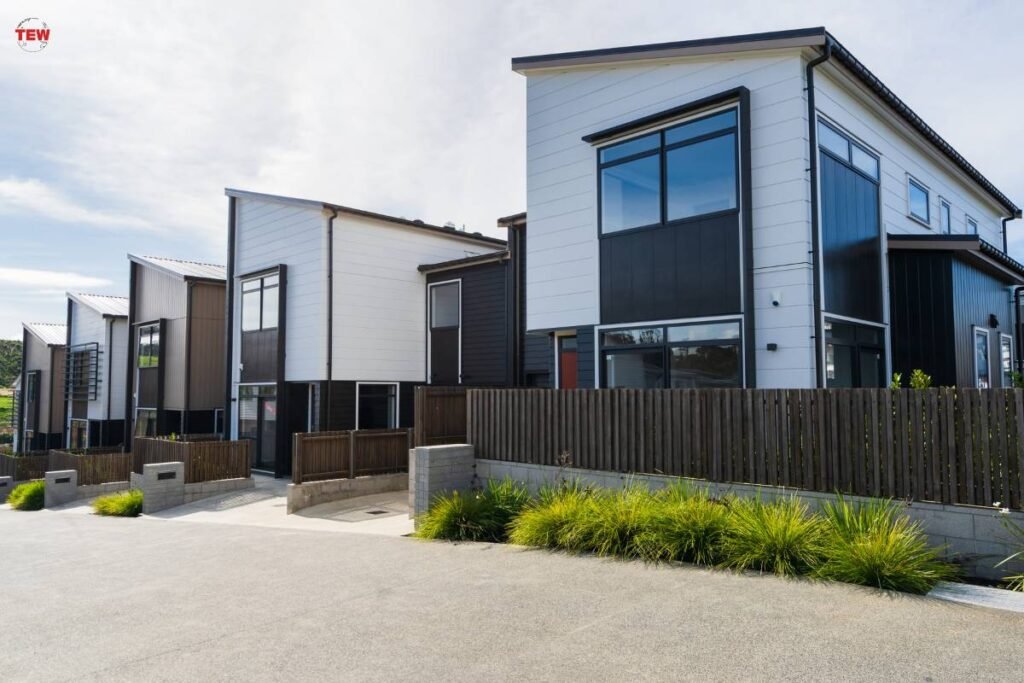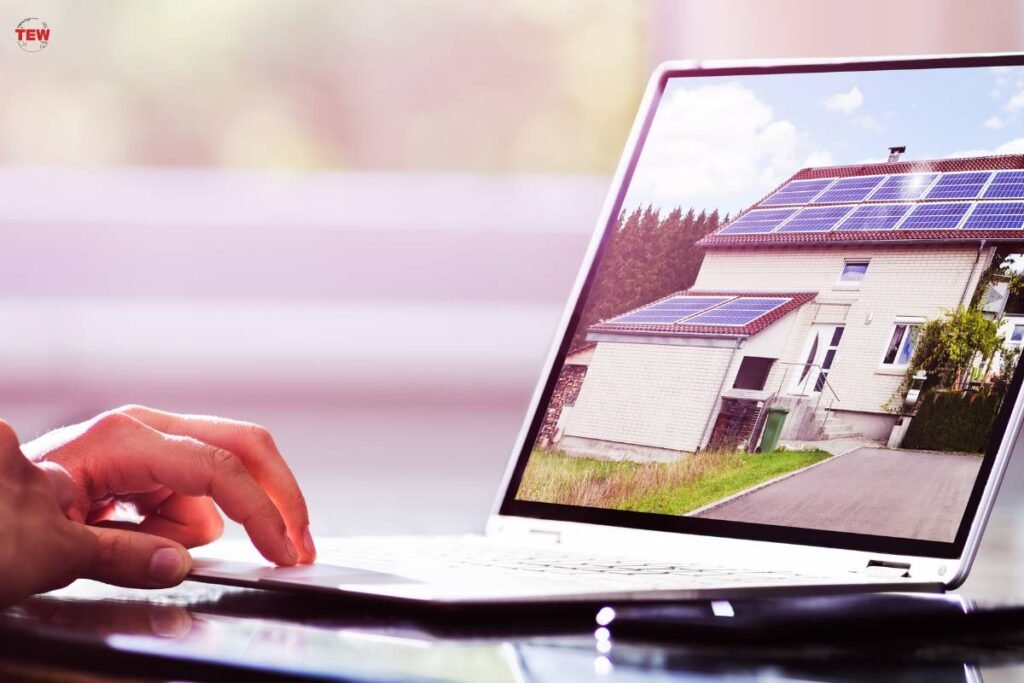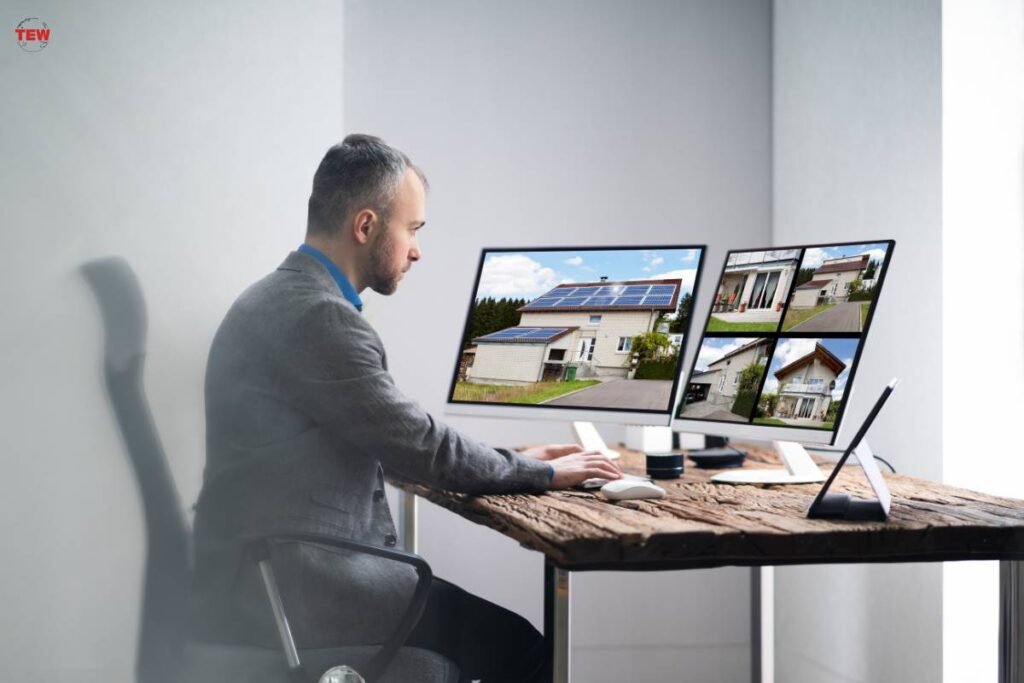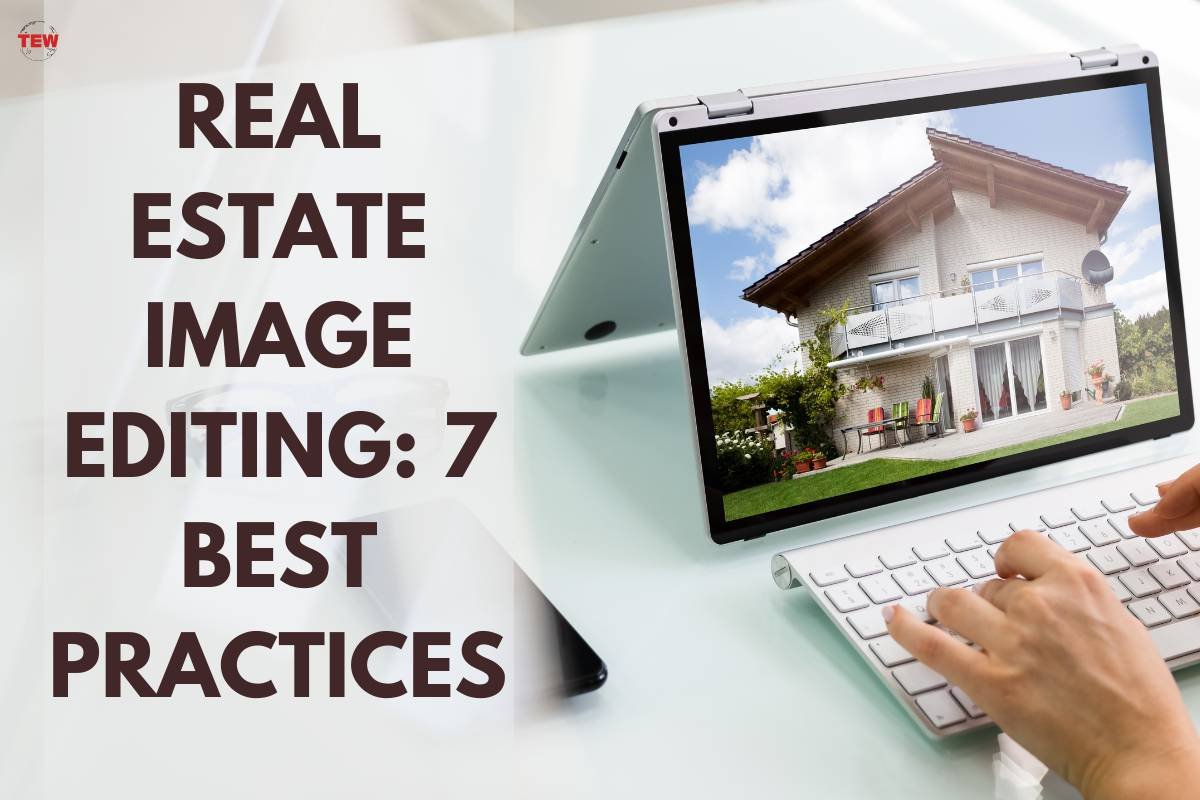In the competitive world of real estate, having captivating images of properties is essential for attracting potential buyers and renters. High-quality visuals can significantly impact a property’s perceived value and generate more interest in listings. However, capturing the perfect shot isn’t always possible due to lighting conditions, weather, and other environmental elements. This is where real estate image editing comes into play, allowing real estate professionals to enhance and optimize property visuals for maximum impact.
Here are the 7 best real estate image editing practices that elevate your property marketing game and help you stand out in a crowded market.
1. Selecting the Right Editing Software
Before diving into the editing process, choosing the right image editing software that suits your needs is crucial. Consider factors like user-friendliness, editing capabilities, and integration with tools.
Desktop applications offer robust editing features, while cloud-based solutions provide convenience and collaboration options. Depending on your requirements, budget, and workflow, decide on the editing software that best fits your needs.
2. Understanding Image Composition
Composition plays a vital role in real estate photography. Familiarize yourself with the rule of thirds, which involves dividing an image into nine equal parts. The main elements of the image should align with these lines or their intersections, creating a visually pleasing composition.

Also, ensure a proper balance between natural and artificial lighting. Use editing techniques to enhance poorly lit areas and tone down harsh highlights. Correcting lens distortions and perspective issues is essential for presenting an accurate and aesthetically pleasing property representation. Real estate professionals can streamline their workflow and ensure top-notch visuals by choosing to outsource real estate image editing services.
3. Enhancing Colors and Contrast
Colors can greatly influence a viewer’s perception of a property. Adjust the color balance to achieve accurate representation, especially when dealing with mixed lighting sources. HDR (High Dynamic Range) techniques can balance exposure in challenging lighting conditions, allowing for more details in highlights and shadows.
Pay attention to contrast, as it can make or break an image. Enhance contrast subtly to avoid an artificial look while ensuring the image pops and grabs attention.
4. Removing Unwanted Elements
Imperfections and distractions can detract from a property’s appeal. Use retouching tools to remove dust, spots, and other blemishes that might appear on the walls, floors, or furniture. Also, eliminate reflections and glares on surfaces like windows or mirrors to present a clean and unobstructed view of the property.

Maintaining ethical image manipulation practices is essential to avoiding misleading edits that misrepresent the property’s actual state.
5. Highlighting Key Features
Emphasize the property’s unique selling points and architectural details through editing. Make certain features stand out by adjusting lighting and contrast to draw attention to them. For example, if a property boasts a stunning fireplace or an eye-catching staircase, highlight these elements to create visual interest.
For vacant properties, consider virtual staging to showcase the potential of the space, making it easier for potential buyers to envision themselves living there.
6. Balancing Authenticity and Aesthetics
While enhancing images is essential, it’s equally important to maintain authenticity. Strive for a realistic representation of the property to avoid potential disappointments from potential buyers who may visit the property in person.
Balance advanced editing techniques with the property’s genuine appearance. Use editing to improve the visuals while ensuring the final images accurately depict the property’s condition.
7. Optimizing Images for Different Platforms
Images are used across various platforms, from websites to social media and property listings. For real estate agents seeking impeccable image quality for social media posts, leveraging professional photo retouching services can be a game-changer in elevating property visuals.

Optimize your images by resizing and formatting them to meet each platform’s requirements. This ensures fast loading times, better user experience, and consistent branding. Different platforms have different guidelines for image sizes and formats, so pay attention to these details to present your property at its best on every platform.
Conclusion:
Real estate image editing is indispensable for creating captivating visuals to attract potential buyers and drive property sales. These seven best practices can enhance your property marketing efforts and leave a lasting impression on your audience. Remember, striking the right balance between aesthetics and authenticity is the key to successful real estate image editing. With these techniques, you will be better equipped to showcase properties in the best possible light and stand out in a competitive market.




